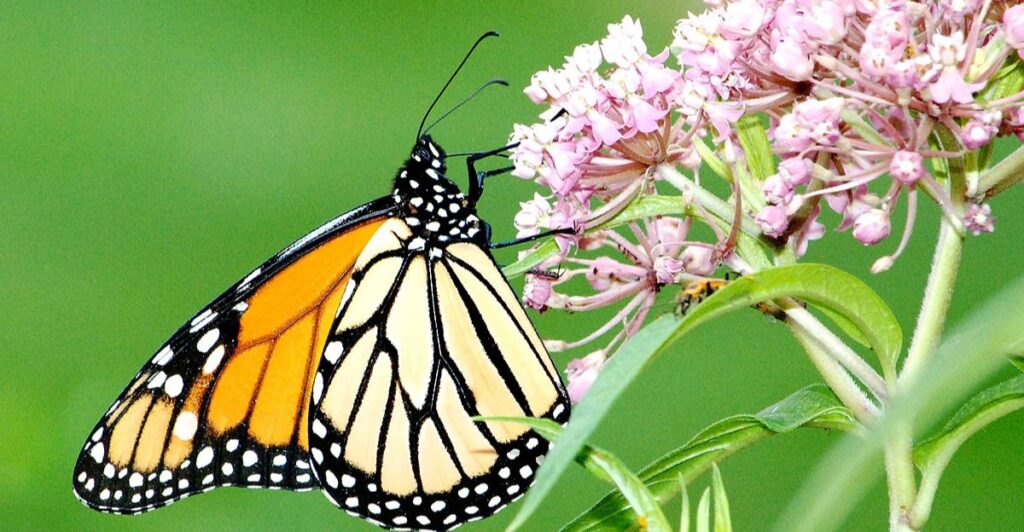
Milkweed is more than just a plant—it’s a superhero for monarch butterflies. Without it, their entire lifecycle falls apart. But did you know milkweed can thrive in tough soils and even restore damaged ecosystems? Here are 12 surprising facts that will show how growing milkweed can transform your garden into a butterfly paradise while supporting nature’s delicate balance.
1. Choose the Right Species for Your Garden
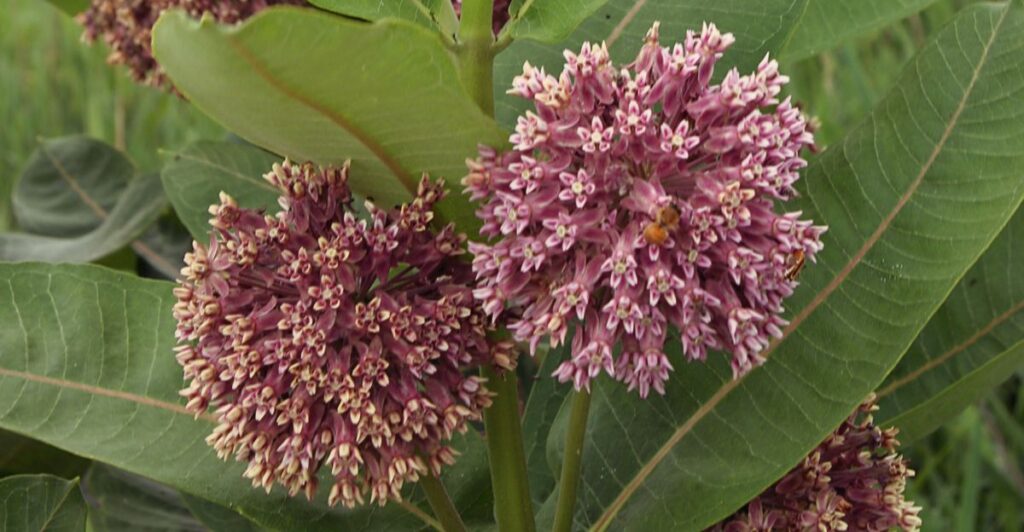
Not all milkweed is the same. Native species like common milkweed (Asclepias syriaca) or swamp milkweed (Asclepias incarnata) thrive in specific regions. These plants adapt better to local climates, making your garden a reliable oasis for monarchs.
2. Milkweed Thrives in Unexpected Soil Conditions
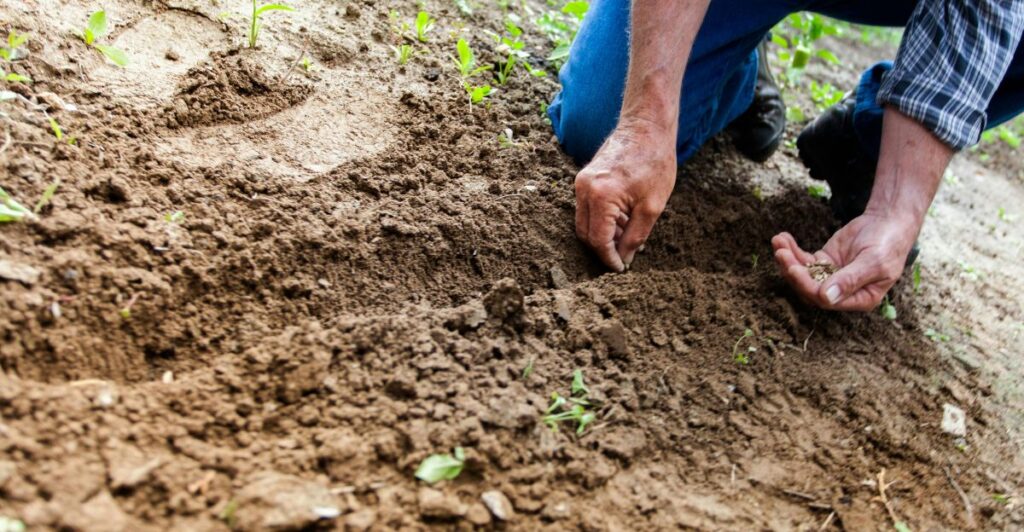
Rich, fertile soil isn’t necessary for milkweed to flourish. Sandy, clay-filled, or even poor soil types can support this hardy plant. Its deep taproots adapt to tough environments, which makes it ideal for neglected areas in your yard.
3. Seed Stratification Reveals Milkweed’s Potential
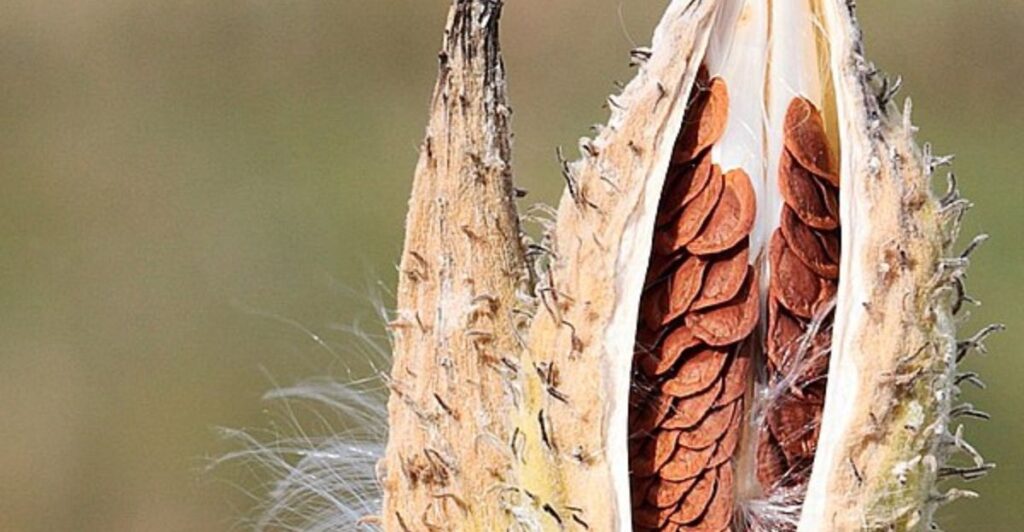
Milkweed seeds need a cold period to germinate. Mimic winter by storing them in damp paper towels inside your fridge for a few weeks. This stratification awakens dormant seeds, ensuring lush growth come spring. Without this simple step, your seeds may fail to sprout.
4. Planting Time Affects Milkweed Success
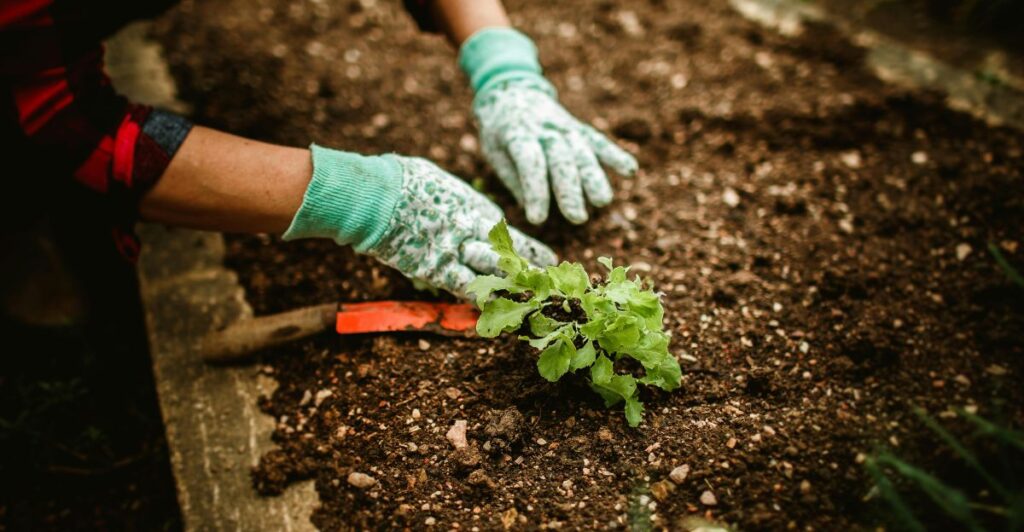
Fall planting allows milkweed seeds to experience natural stratification, mimicking their wild cycle. As temperatures drop, seeds prepare for growth, sprouting in spring. Skip this step, and spring planting will require extra preparation. Hence, timing matters if you want your milkweed to shine.
5. Water Milkweed Wisely
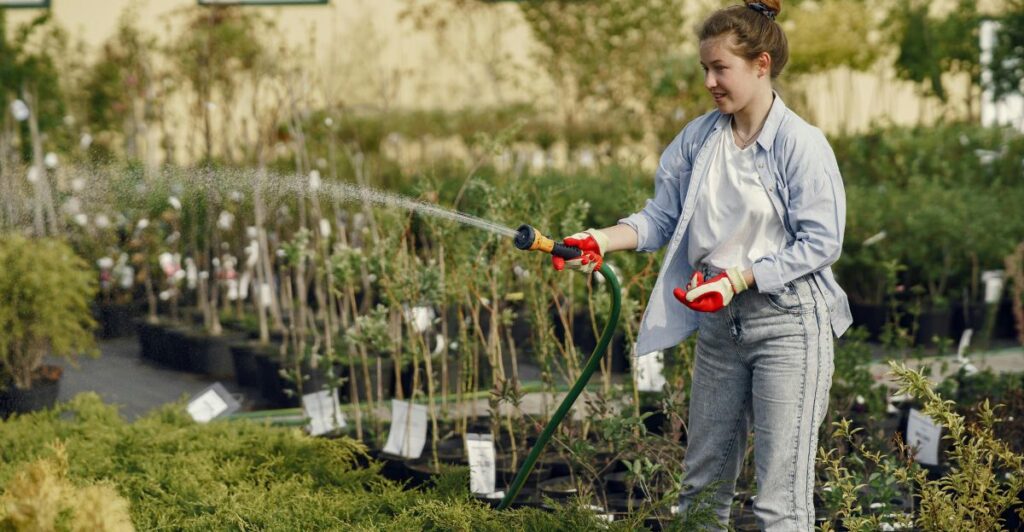
Watering too much can harm milkweed by encouraging root rot. These plants prefer well-drained soil and occasional watering once established. Think of them as drought-tolerant superstars that thrive on less. Stick to moderation, and they’ll reward you with healthy, vibrant blooms.
6. Companion Plants Bring Pollinator Benefits
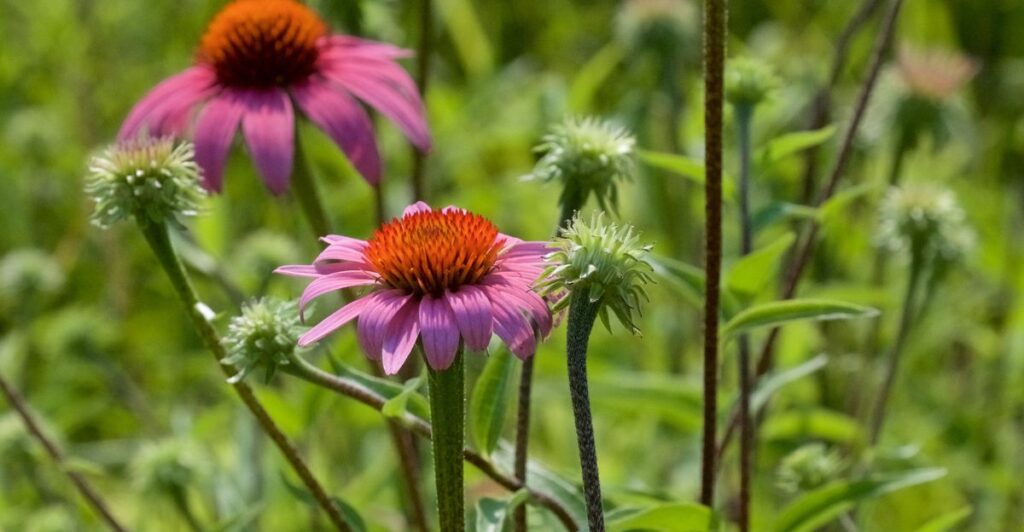
Adding nectar-rich flowers like coneflowers and black-eyed Susans alongside milkweed boosts your garden’s appeal to pollinators. Monarchs lay eggs on milkweed, but they sip nectar from other flowers. A diverse garden ensures a buzzing, fluttering ecosystem in every corner.
7. Spacing Milkweed Prevents Disease
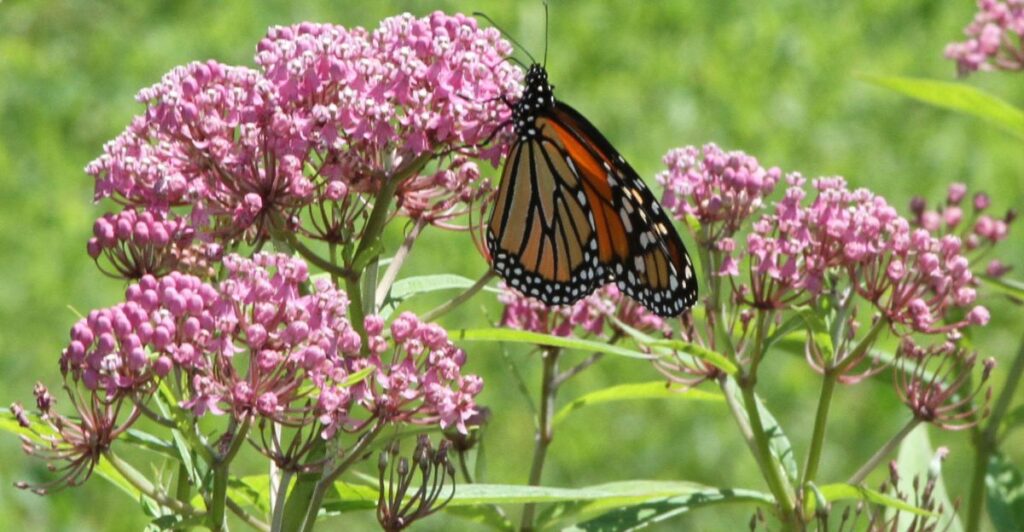
Crowded plants can invite pests like aphids and lead to fungal issues, but proper spacing makes all the difference. By planting milkweed 18–24 inches apart, you encourage better airflow and sunlight, keeping your plants healthy and thriving.
8. Deadheading Extends Milkweed’s Bloom Season
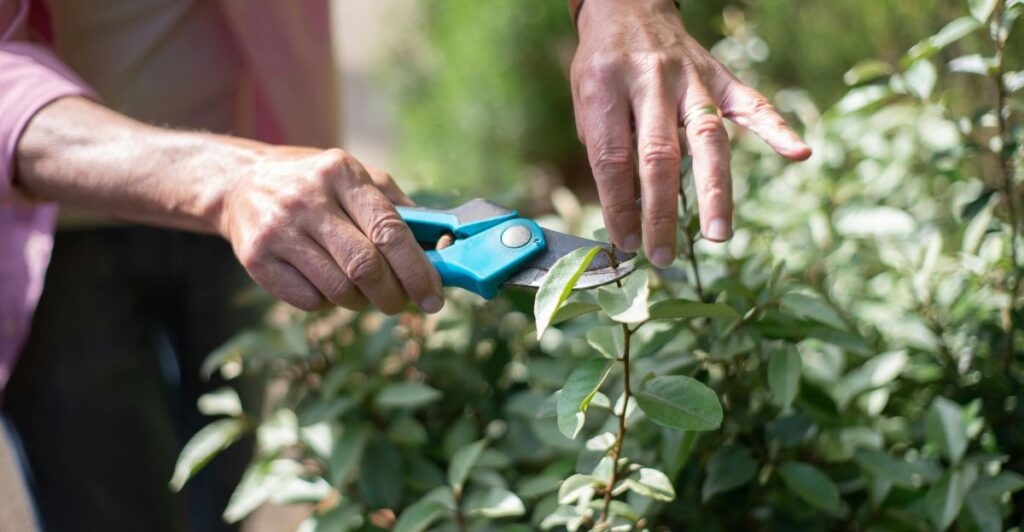
Cutting away spent flowers isn’t just about neatness—it sparks new blooms bursting with nectar. Monarch butterflies depend on this steady supply throughout the season, and your efforts will reward you with a flurry of activity as they flock to your garden.
9. Milkweed Isn’t Just for Monarchs
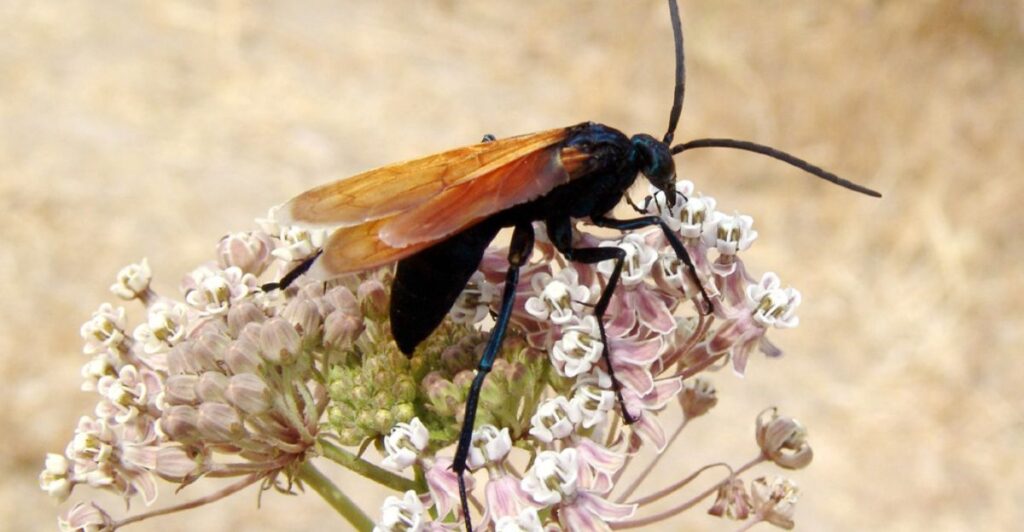
Though monarchs rely on milkweed, other pollinators benefit too. Bees, wasps, and even hummingbirds visit its flowers for nectar. Your milkweed patch becomes a community hub for countless species. Plant it for monarchs, but celebrate the unexpected guests it attracts.
10. Milkweed Plays Defense With Sticky Sap
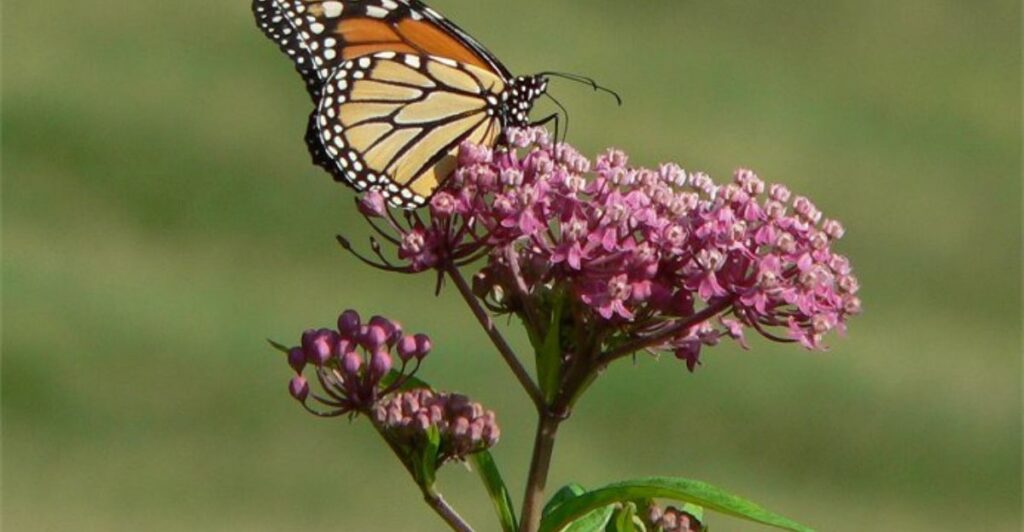
Monarch caterpillars rely on the toxins in milkweed’s sap to deter predators like birds. This chemical defense gives the caterpillars a fighting chance, but without milkweed, they lose this life-saving armor. It’s a brilliant adaptation that underscores the plant’s importance.
11. Milkweed Is a Perennial Powerhouse
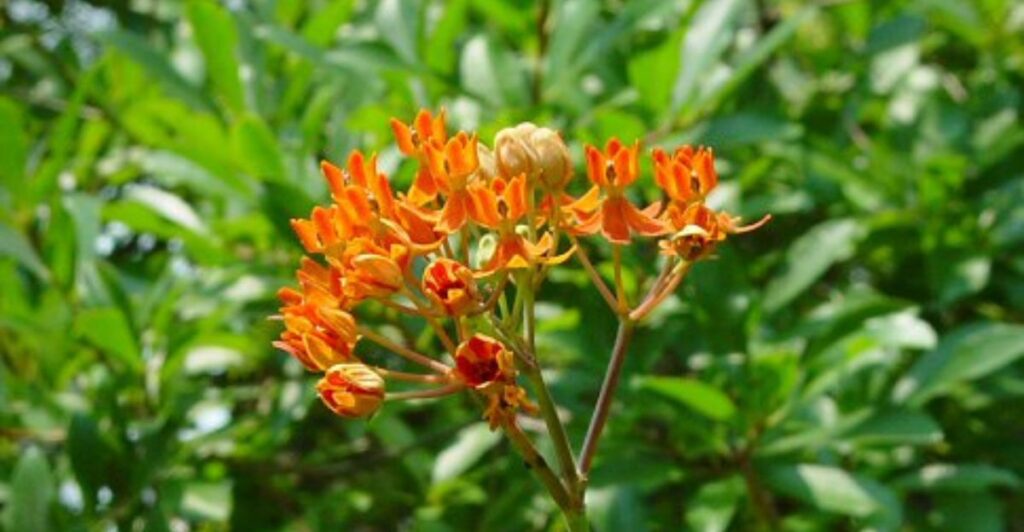
Plant milkweed once, and it keeps returning every year. Unlike annuals, many milkweed species develop stronger roots over time, increasing their resilience. This long-term growth makes milkweed an eco-friendly and cost-effective choice for gardeners dedicated to supporting monarch populations.
12. Milkweed Restores Balance to Your Soil
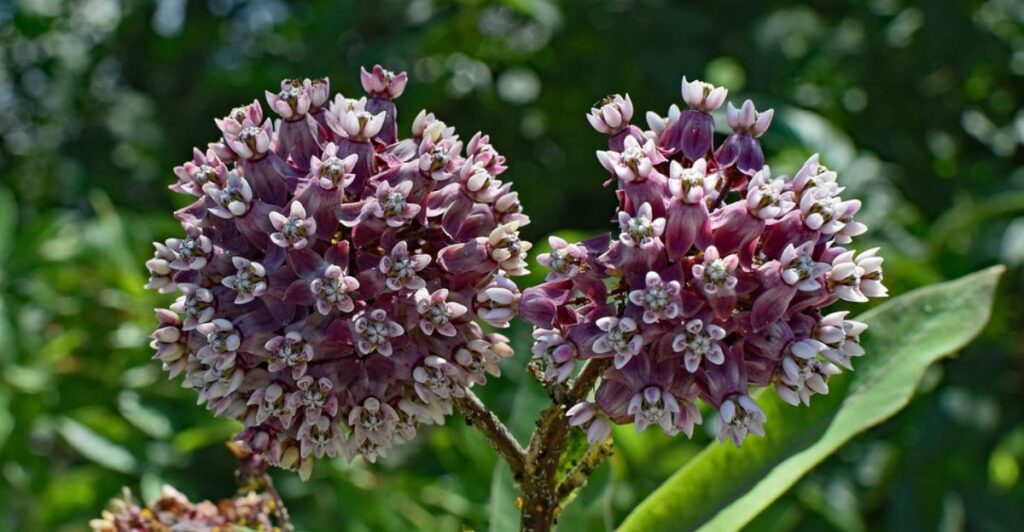
Milkweed isn’t just for butterflies—it’s a pioneer plant in ecological restoration. Its deep roots stabilize loose soil, prevent erosion, and improve soil fertility over time. In areas where native vegetation has been lost, milkweed helps rebuild ecosystems, paving the way for other plants to return.
Stay connected with us for more stories like this! Follow us to get the latest updates or hit the Follow button at the top of this article, and let us know what you think by leaving your feedback below. We’d love to hear from you!







